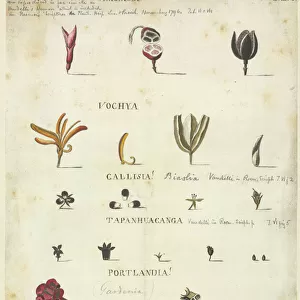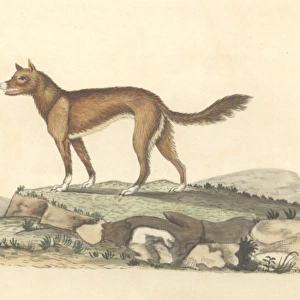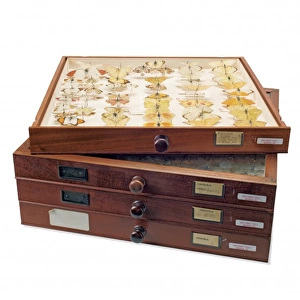Home > Animals > Birds > Apodiformes > Hummingbirds > Glittering Bellied Emerald
Chlorostilbon aureoventris, glittering-bellied emerald hummi
![]()

Wall Art and Photo Gifts from Mary Evans Picture Library
Chlorostilbon aureoventris, glittering-bellied emerald hummi
Collected by Sir Joseph Banks and Daniel Solander, in Rio de Janeiro in November 1768 during Captain James Cooks first voyage
Mary Evans Picture Library makes available wonderful images created for people to enjoy over the centuries
Media ID 8608420
© Mary Evans Picture Library 2015 - https://copyrighthub.org/s0/hub1/creation/maryevans/MaryEvansPictureID/10713744
1743 1820 18th Century Annotated Apodiformes Archaeogastropoda Aspidobranchia Banks Bellied Captain Cook Captain James Cook Chlorostilbon Cook Discovery Emerald Emerald Hummingbird Exploration First Gastropod Gastropoda
FEATURES IN THESE COLLECTIONS
> Animals
> Birds
> Apodiformes
> Hummingbirds
> Glittering Bellied Emerald
> Animals
> Mollusks
> Other Gastropods
EDITORS COMMENTS
This stunning 18th century print depicts the Chlorostilbon aureoventris, also known as the glittering-bellied emerald hummingbird, which was collected by the renowned naturalists Sir Joseph Banks and Daniel Solander during Captain James Cook's first voyage of exploration in November 1768. The expedition, which took place aboard the HMS Endeavour, marked a significant milestone in the history of discovery and exploration, as Cook and his team charted new territories and collected a vast array of specimens from various parts of the world, including this beautiful avian species. The Chlorostilbon aureoventris, belonging to the Apodiformes order and the family Trochilidae, is native to South America. This small, vibrant hummingbird is characterized by its iridescent green plumage and the distinctive golden-yellow belly, giving it its common name. The print, which is annotated with the species name Chlorostilbon lucidus, also features other intriguing specimens, including a gastropod and an aspidobranch mollusk. This exquisite print, which dates back to the period between 1733 and 1782, is a testament to the groundbreaking work of Cook, Banks, and Solander during their expedition. The intricate details and lifelike representation of the Chlorostilbon aureoventris and the other specimens showcase the exceptional skill and artistry of the printmaker. The print is an essential addition to any collection of historical natural history, providing a glimpse into the rich biodiversity of the past and the pioneering spirit of exploration and discovery.
MADE IN THE UK
Safe Shipping with 30 Day Money Back Guarantee
FREE PERSONALISATION*
We are proud to offer a range of customisation features including Personalised Captions, Color Filters and Picture Zoom Tools
SECURE PAYMENTS
We happily accept a wide range of payment options so you can pay for the things you need in the way that is most convenient for you
* Options may vary by product and licensing agreement. Zoomed Pictures can be adjusted in the Basket.






